Rémi Nahon
Debiasing surgeon: fantastic weights and how to find them
Mar 21, 2024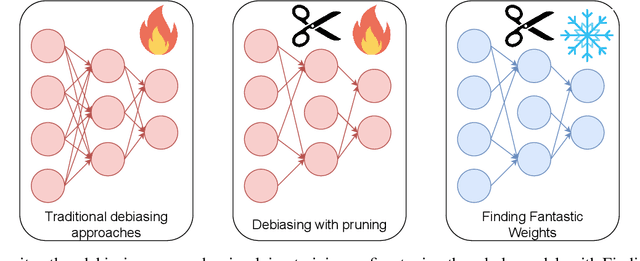

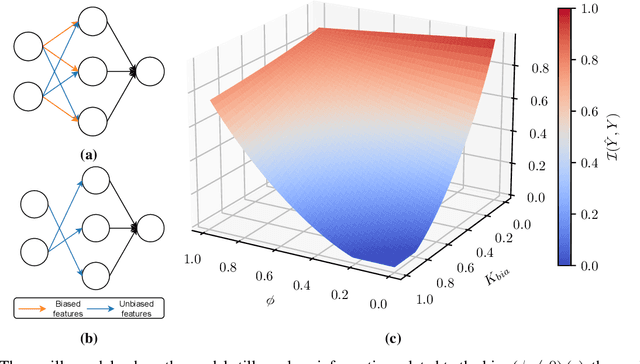
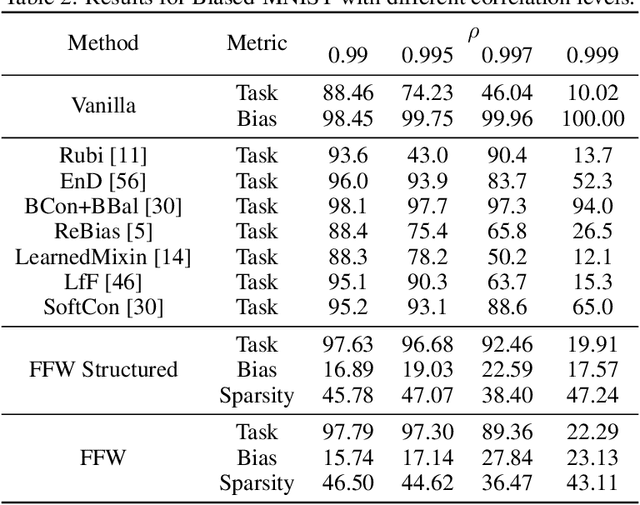
Abstract:Nowadays an ever-growing concerning phenomenon, the emergence of algorithmic biases that can lead to unfair models, emerges. Several debiasing approaches have been proposed in the realm of deep learning, employing more or less sophisticated approaches to discourage these models from massively employing these biases. However, a question emerges: is this extra complexity really necessary? Is a vanilla-trained model already embodying some ``unbiased sub-networks'' that can be used in isolation and propose a solution without relying on the algorithmic biases? In this work, we show that such a sub-network typically exists, and can be extracted from a vanilla-trained model without requiring additional training. We further validate that such specific architecture is incapable of learning a specific bias, suggesting that there are possible architectural countermeasures to the problem of biases in deep neural networks.
Enhanced EEG-Based Mental State Classification : A novel approach to eliminate data leakage and improve training optimization for Machine Learning
Dec 14, 2023
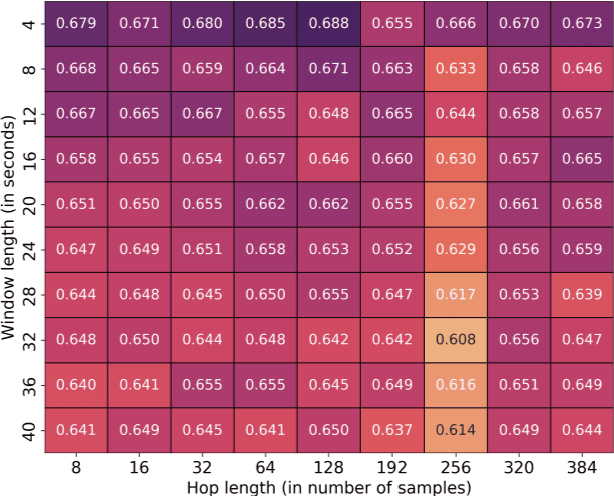
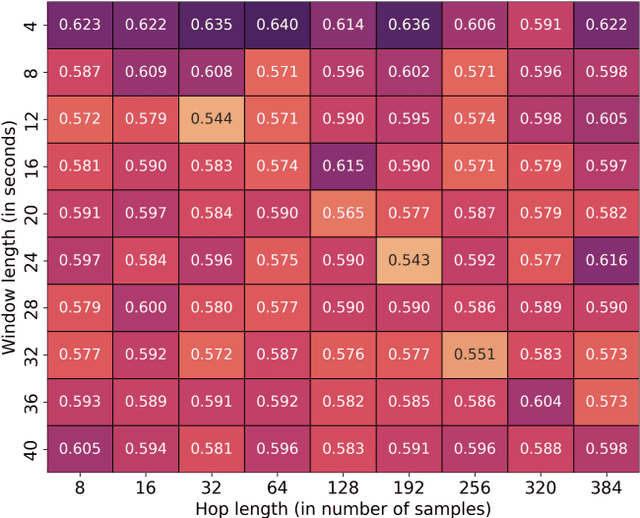
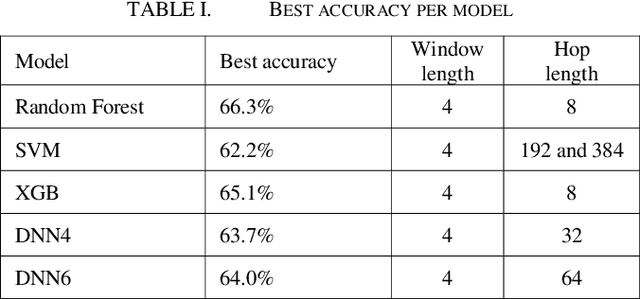
Abstract:In this paper, we explore prior research and introduce a new methodology for classifying mental state levels based on EEG signals utilizing machine learning (ML). Our method proposes an optimized training method by introducing a validation set and a refined standardization process to rectify data leakage shortcomings observed in preceding studies. Furthermore, we establish novel benchmark figures for various models, including random forest and deep neural networks.
Mining bias-target Alignment from Voronoi Cells
May 05, 2023



Abstract:Despite significant research efforts, deep neural networks are still vulnerable to biases: this raises concerns about their fairness and limits their generalization. In this paper, we propose a bias-agnostic approach to mitigate the impact of bias in deep neural networks. Unlike traditional debiasing approaches, we rely on a metric to quantify ``bias alignment/misalignment'' on target classes, and use this information to discourage the propagation of bias-target alignment information through the network. We conduct experiments on several commonly used datasets for debiasing and compare our method to supervised and bias-specific approaches. Our results indicate that the proposed method achieves comparable performance to state-of-the-art supervised approaches, although it is bias-agnostic, even in presence of multiple biases in the same sample.
Optimized preprocessing and Tiny ML for Attention State Classification
Mar 20, 2023



Abstract:In this paper, we present a new approach to mental state classification from EEG signals by combining signal processing techniques and machine learning (ML) algorithms. We evaluate the performance of the proposed method on a dataset of EEG recordings collected during a cognitive load task and compared it to other state-of-the-art methods. The results show that the proposed method achieves high accuracy in classifying mental states and outperforms state-of-the-art methods in terms of classification accuracy and computational efficiency.
Improving tracking with a tracklet associator
Apr 22, 2022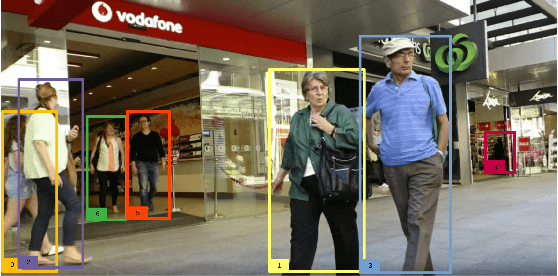

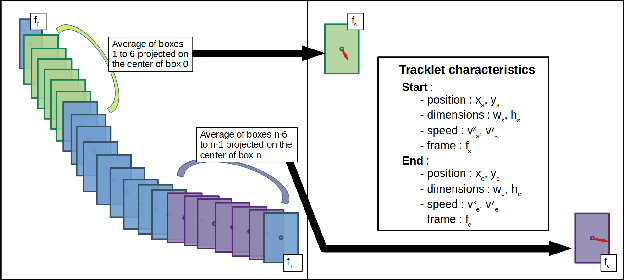
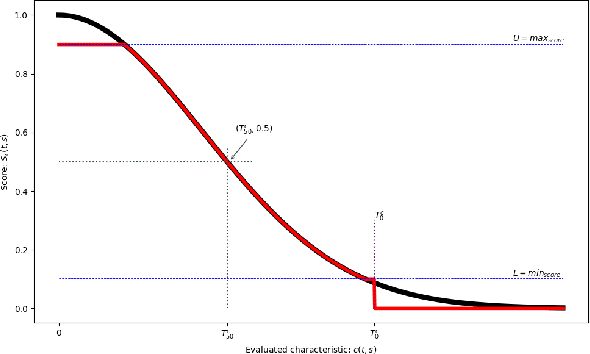
Abstract:Multiple object tracking (MOT) is a task in computer vision that aims to detect the position of various objects in videos and to associate them to a unique identity. We propose an approach based on Constraint Programming (CP) whose goal is to be grafted to any existing tracker in order to improve its object association results. We developed a modular algorithm divided into three independent phases. The first phase consists in recovering the tracklets provided by a base tracker and to cut them at the places where uncertain associations are spotted, for example, when tracklets overlap, which may cause identity switches. In the second phase, we associate the previously constructed tracklets using a Belief Propagation Constraint Programming algorithm, where we propose various constraints that assign scores to each of the tracklets based on multiple characteristics, such as their dynamics or the distance between them in time and space. Finally, the third phase is a rudimentary interpolation model to fill in the remaining holes in the trajectories we built. Experiments show that our model leads to improvements in the results for all three of the state-of-the-art trackers on which we tested it (3 to 4 points gained on HOTA and IDF1).
 Add to Chrome
Add to Chrome Add to Firefox
Add to Firefox Add to Edge
Add to Edge